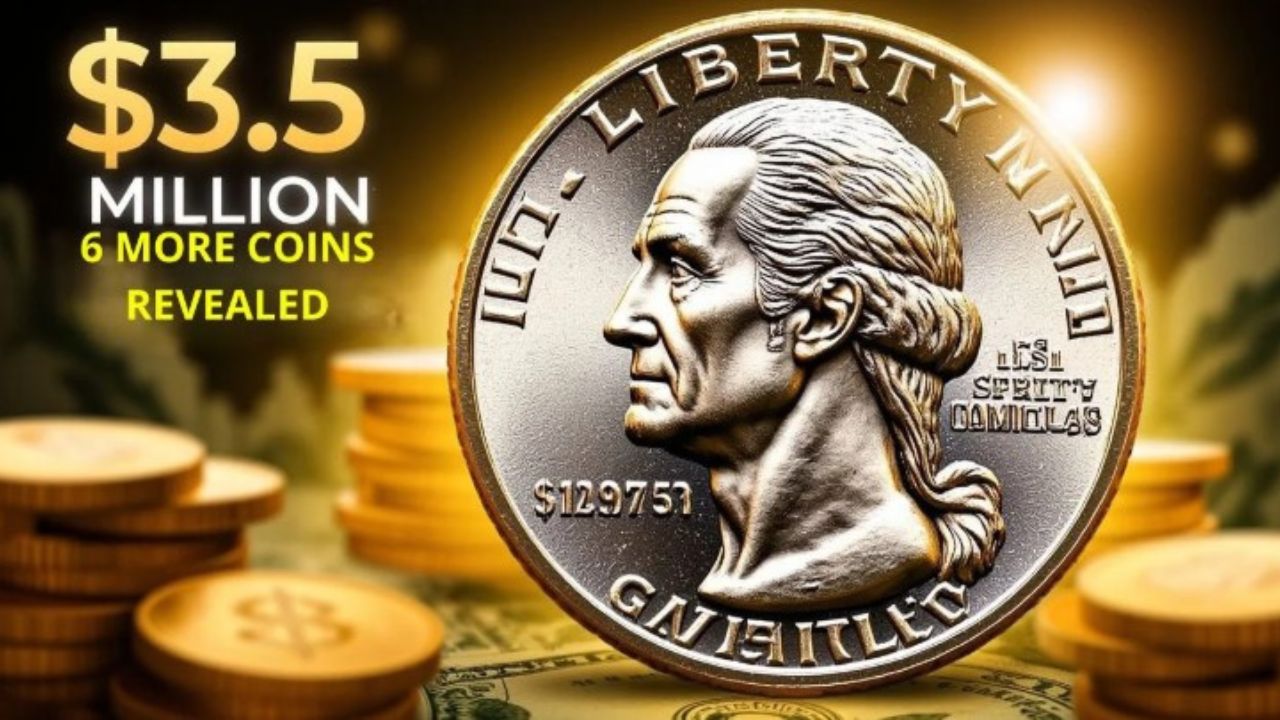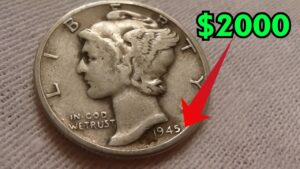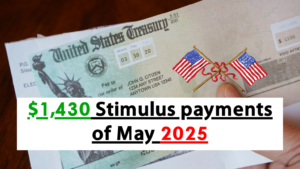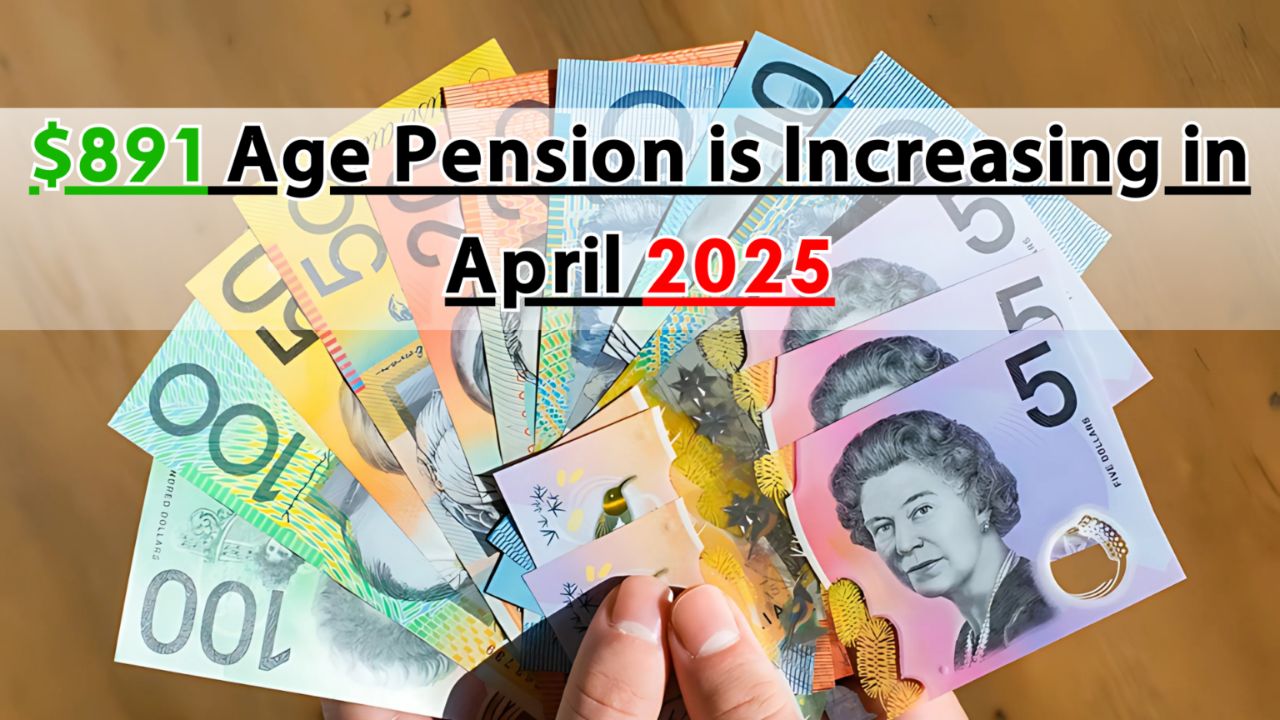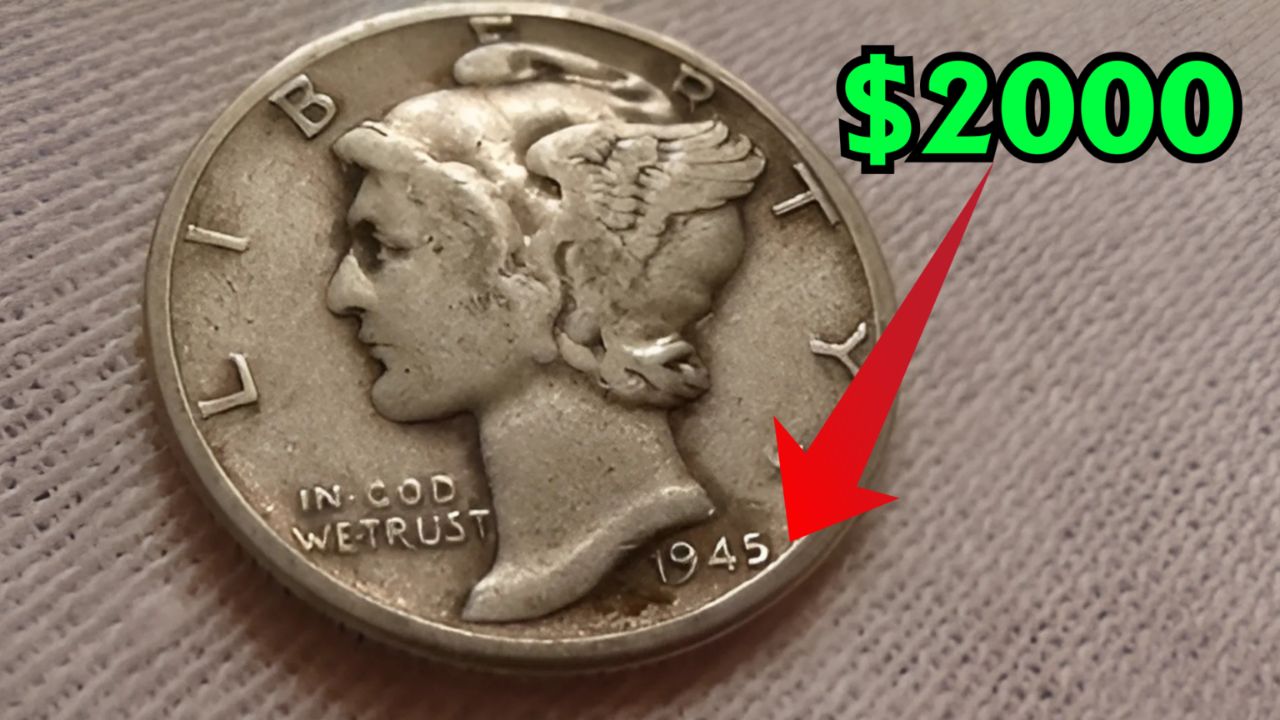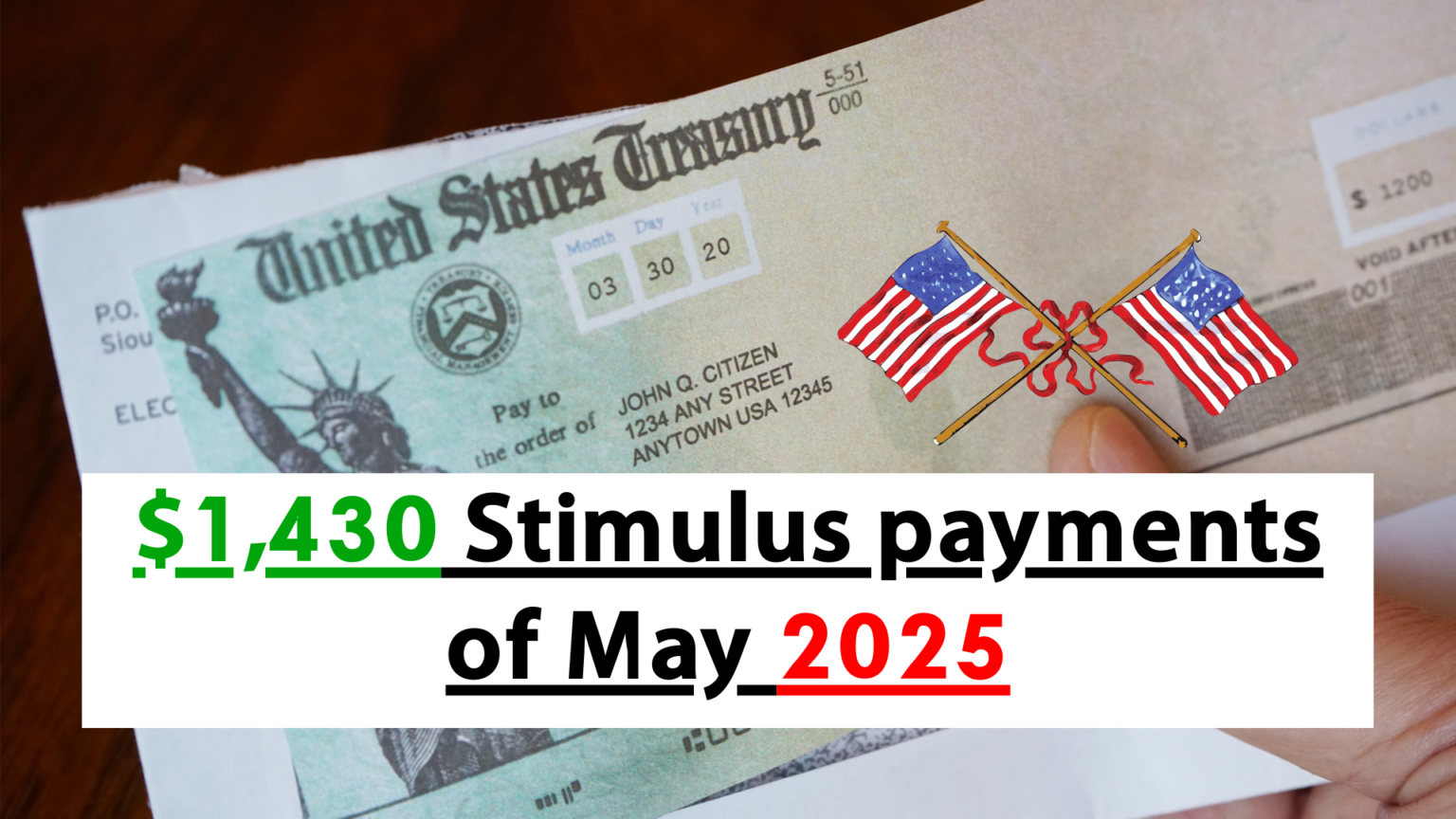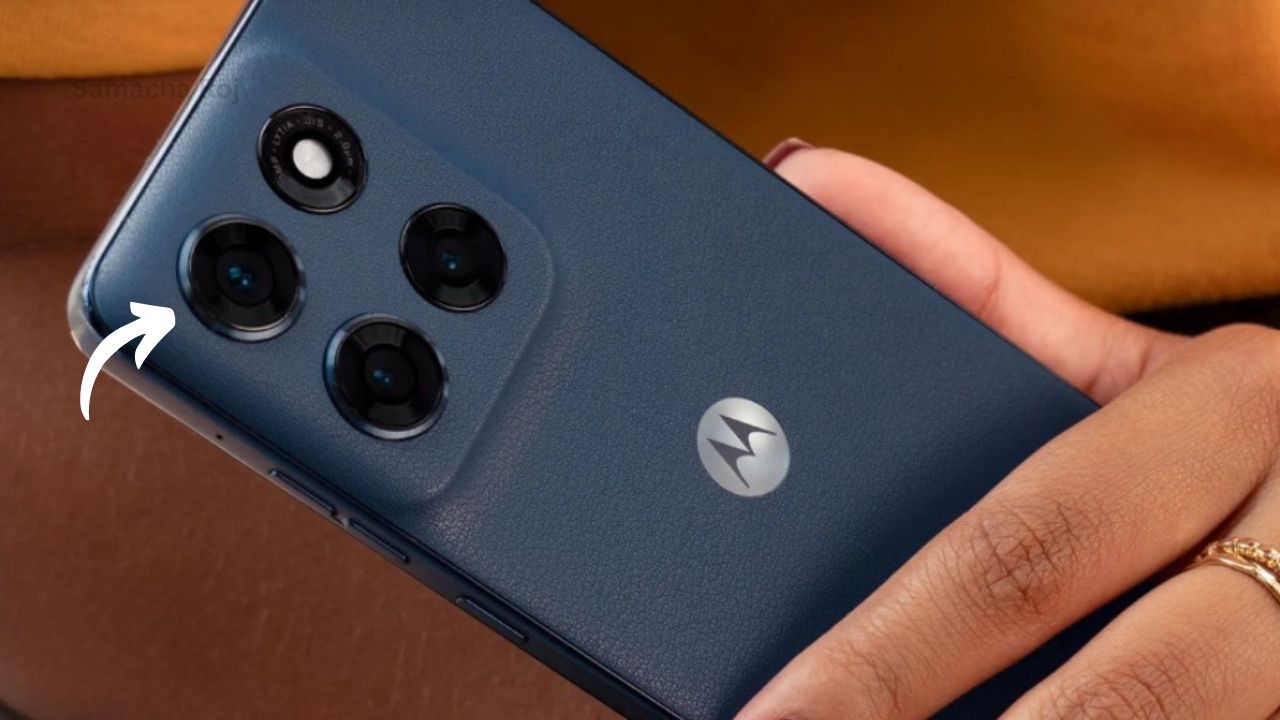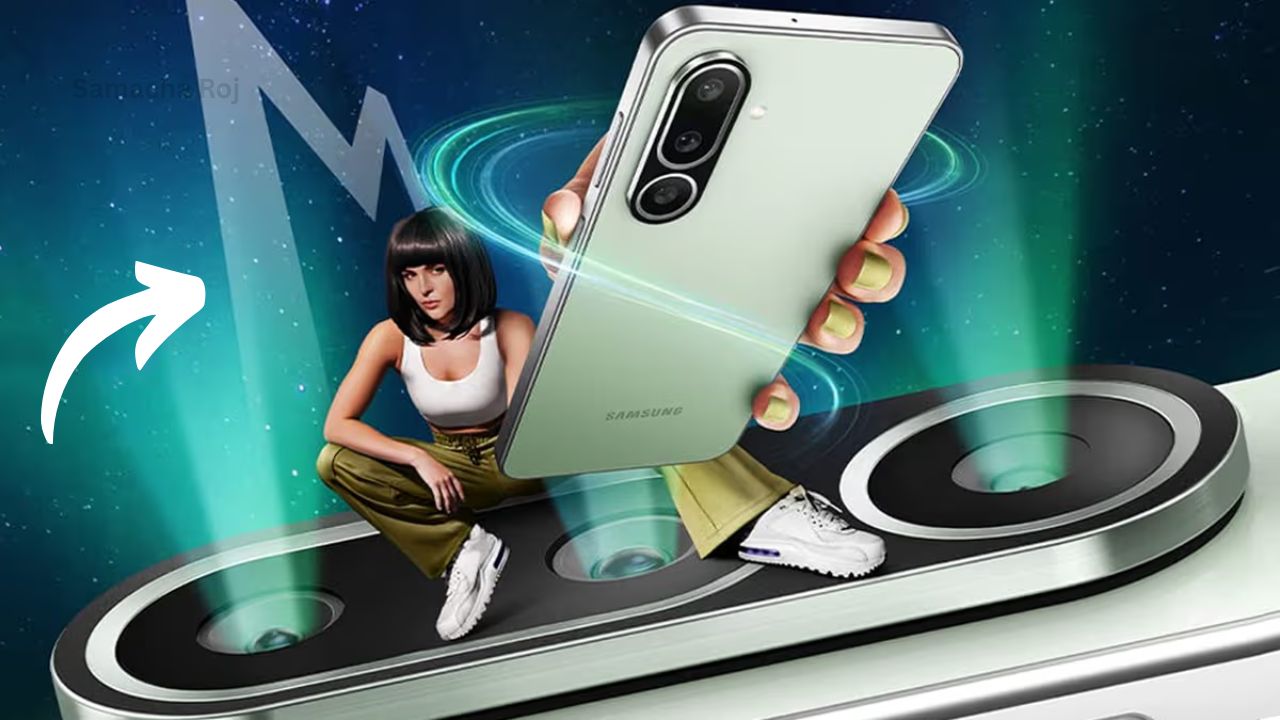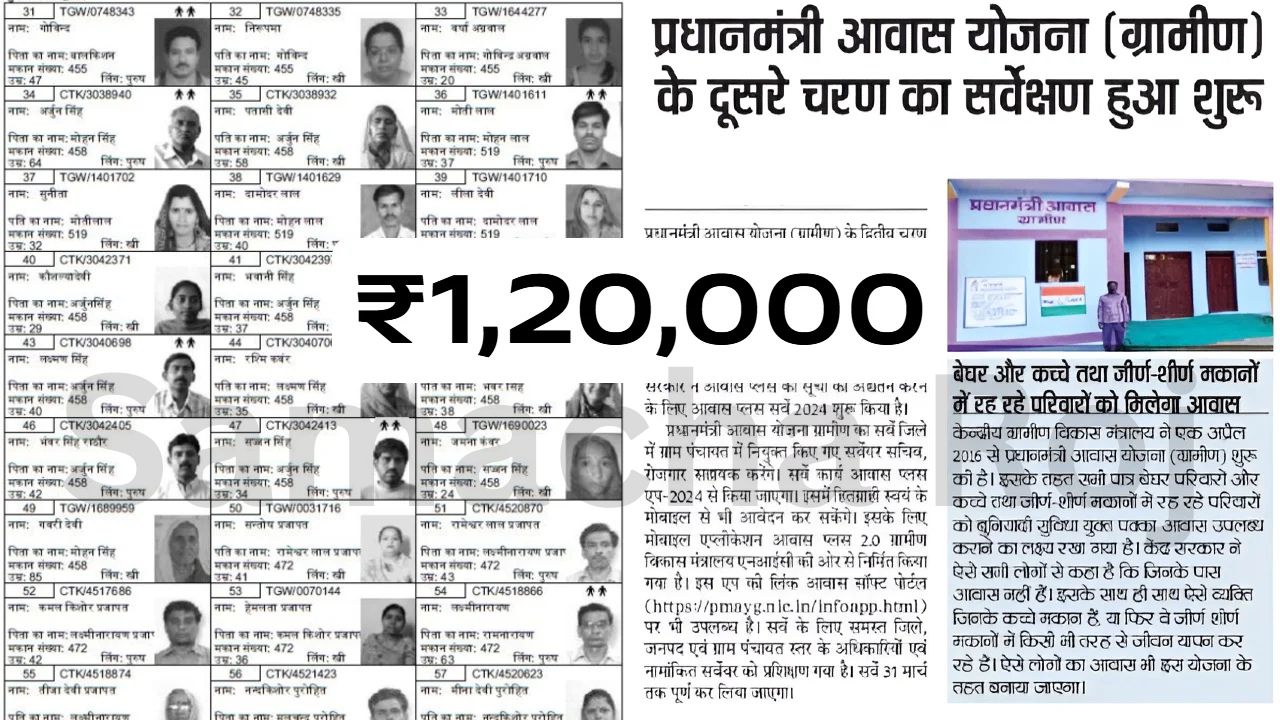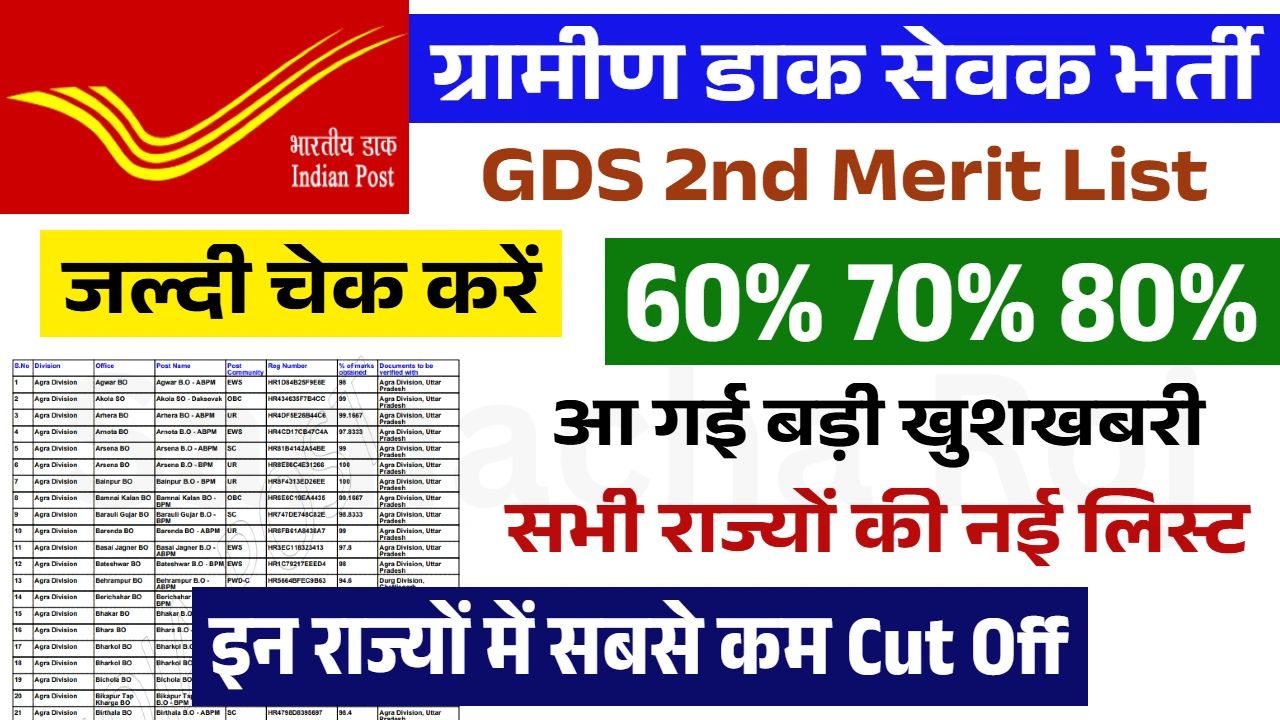Imagine rummaging through your old coin jar and stumbling upon a quarter worth millions. Sounds like a daydream, right? But for some lucky collectors, that dream has become reality. Among the most jaw-dropping finds is the rare Bicentennial Quarter, valued at a staggering $3.5 million. And it’s not alone—there are other coins out there, hiding in plain sight, each with a price tag exceeding $1 million. In this article, we’ll dive into the fascinating world of rare coins, spotlight the $3.5 million Bicentennial Quarter, and uncover six other treasures that could make you rethink your loose change. Let’s embark on this numismatic adventure together!
What Makes a Coin Worth Millions?
Before we get to the shiny stuff, let’s talk about what turns a simple coin into a multimillion-dollar masterpiece. It’s not just about age—though that helps. Rarity, condition, historical significance, and even minting errors play huge roles. A coin in pristine, uncirculated condition (graded MS-70 or close) can fetch exponentially more than a worn-out counterpart. Add a unique error, like a double strike or wrong metal, and you’ve got a collector’s holy grail.
Think about it: coins are tiny time capsules. They carry stories of their era, from economic crises to wartime shortages. When only a handful exist—or when a mistake makes one stand out—they become irresistible to collectors. According to the Professional Coin Grading Service (PCGS), fewer than 1% of coins ever reach the kind of rarity that commands seven-figure prices. So, what are these elusive treasures? Let’s start with the star of the show.
The $3.5 Million Bicentennial Quarter
A Coin That Defies Expectations
Minted in 1976 to celebrate America’s 200th birthday, the Bicentennial Quarter is one of the most recognizable coins in U.S. history. With its iconic drummer boy reverse and dual 1776-1976 date, it was produced in massive quantities—over 1.6 billion, to be exact. Most are worth just 25 cents. But one rare variant has collectors buzzing: a Bicentennial Quarter struck on a 40% silver planchet, likely intended for a collector’s set, that slipped into circulation.
Why Is It So Valuable?
This particular quarter, graded near-perfect, sold for $3.5 million at a private auction in 2023. Its value comes from a perfect storm of factors: the silver composition (most Bicentennials are copper-nickel clad), its pristine condition, and the fact that it was never meant to be in everyday pockets. Experts estimate fewer than a dozen such errors exist. As numismatist John Dannreuther puts it, “It’s like finding a diamond in a coal mine—impossible odds, but when it happens, it’s unforgettable.”
Could You Have One?
If you’ve got a Bicentennial Quarter, check the edge. A solid silver edge (no copper stripe) is a clue. Weigh it too—a silver version is slightly heavier at 5.75 grams versus 5.67 grams for clad. But don’t get too excited yet; condition matters. A coin with scratches or wear won’t come close to millions. Still, it’s worth a look—your piggy bank might be hiding a fortune.
Six More Coins Worth Over $1 Million
The Bicentennial Quarter isn’t the only coin that can make your jaw drop. Here are six other rare U.S. coins that have sold for over $1 million, each with its own incredible story.
1. 1933 Saint-Gaudens Double Eagle ($7.59 Million)
The Forbidden Gold Coin
The 1933 Saint-Gaudens Double Eagle is the stuff of legend. Designed by Augustus Saint-Gaudens, this $20 gold coin is considered one of the most beautiful ever made. But here’s the kicker: it was never officially circulated. When the U.S. abandoned the gold standard in 1933, nearly all 445,500 coins were melted down. A few escaped, though, sparking decades of legal battles.
One sold for $7.59 million in 2002, and its value has only climbed since. “It’s not just a coin; it’s a symbol of defiance against a government mandate,” says numismatic historian David Bowers. Only 13 are known to exist, making it a true unicorn in the coin world.
2. 1913 Liberty Head Nickel ($4.56 Million)
The Mysterious Five
Only five 1913 Liberty Head Nickels are known to exist, and their origin is a numismatic mystery. The U.S. Mint wasn’t supposed to produce nickels that year, yet these slipped through—possibly struck illegally by a rogue employee. One fetched $4.56 million at auction in 2018.
Collector Sarah Jenkins recalls seeing one at a coin show: “It was like staring at a ghost. You could feel the history.” If you find a nickel from 1913, don’t hold your breath—it’s probably not one of these. But the story alone makes you want to check.
3. 1804 Draped Bust Silver Dollar ($4.14 Million)
The “King of American Coins”
Known as the “King of American Coins,” the 1804 Draped Bust Silver Dollar wasn’t actually minted in 1804. Instead, it was struck in the 1830s as a diplomatic gift for foreign leaders. Only 15 exist, and their rarity drives their value sky-high. One sold for $4.14 million in 1999, and prices have only soared since.
Its elegant design, featuring Lady Liberty with flowing hair, adds to its allure. “It’s a piece of early American prestige,” says coin dealer Marta Jimenez. If you’re hunting for one, good luck—they’re usually locked away in vaults.
4. 1794 Flowing Hair Silver Dollar ($10 Million)
The First U.S. Dollar
The 1794 Flowing Hair Silver Dollar holds a special place in history as the first dollar coin minted by the U.S. Only about 140 survive, and a pristine example sold for $10 million in 2013. Its crude yet charming design reflects a young nation finding its footing.
“It’s like holding the birth of American currency in your hand,” says collector Carolyn Martinez. Minted in Philadelphia, these coins are so rare that even low-grade examples fetch six figures. Finding one in circulation? Pure fantasy.
5. 1932-D Washington Quarter ($1.2 Million)
A Depression-Era Rarity
The 1932-D Washington Quarter, minted in Denver during the Great Depression, had a tiny production run of just 436,800. In mint condition, it’s a collector’s dream, with one selling for $1.2 million in 2021. Look for the “D” mint mark below the eagle on the reverse.
Even circulated versions are worth thousands. “It’s a reminder of how tough times shaped what we value,” notes Bowers. Check your old quarters—you never know.
6. 1870-CC Liberty Seated Quarter ($1.1 Million)
The Wild West Coin
Minted in Carson City, Nevada, the 1870-CC Liberty Seated Quarter is a relic of the Wild West. With only 8,340 produced, it’s one of the rarest quarters around. A high-grade example sold for $1.1 million in 2019. The “CC” mint mark is your clue.
“These coins tell the story of a frontier mint struggling to keep up,” says Jimenez. If you spot one, get it authenticated—fakes are out there.
How to Spot a Valuable Coin
So, how do you know if your spare change is a million-dollar miracle? Here are some tips:
- Check the Date and Mint Mark: Rare years and mint marks (like “D” or “CC”) are key. Use a magnifying glass to be sure.
- Look for Errors: Double strikes, off-center designs, or wrong metals scream value.
- Weigh It: Precious metals like silver or gold weigh differently than clad coins.
- Assess Condition: Scratches or wear can tank a coin’s value. Mint-state coins are king.
- Get It Graded: Services like PCGS or NGC can authenticate and grade your coin, boosting its marketability.
Pro tip: Never clean a coin. It can slash its value by 50% or more. When in doubt, consult a local coin dealer or appraiser.
Real-Life Treasure Stories
The idea of finding a million-dollar coin isn’t just a pipe dream—it’s happened. In 2019, a Massachusetts man discovered a 1976 silver Bicentennial Quarter in his late father’s collection. Initially skeptical, he had it graded. Result? A $1.8 million sale. “I thought it was a joke until the check cleared,” he told a local paper.
Then there’s the 1913 Liberty Head Nickel found in a junk box at a flea market in 2003. It sold for $2.7 million a decade later. These stories remind us: fortunes can hide in the unlikeliest places.
Why Collect Rare Coins?
Beyond the thrill of a potential windfall, coin collecting—numismatics—is a journey through history. Each coin tells a tale, from the American Revolution to the Great Depression. It’s a hobby that blends art, economics, and detective work. Plus, coins often outpace inflation, making them a savvy investment.
“Coins are tangible history,” says Dannreuther. “You’re not just collecting metal—you’re preserving stories.” Whether you’re a newbie or a seasoned pro, the hunt is half the fun.
Where to Start Your Search
Ready to check your change? Start with these spots:
- Coin Jars: Your own stash is the easiest place to look.
- Flea Markets and Estate Sales: Old collections often surface here.
- Coin Shops: Dealers can point you to rarities or appraise your finds.
- Bank Rolls: Some collectors buy rolls of coins to hunt for errors.
Online platforms like eBay or Heritage Auctions are great for research but beware of scams. Stick to reputable sellers and always verify authenticity.
The Future of Rare Coins
The market for rare coins is hotter than ever. In 2024, global coin auctions hit a record $1.2 billion, per CoinWeek. As more people discover numismatics, demand for high-grade rarities keeps climbing. Digital tools, like apps for grading coins, are making the hobby more accessible too.
But experts warn: don’t expect every old coin to be a jackpot. “It’s about knowledge, not luck,” says Bowers. Study, network, and stay patient—your treasure might be closer than you think.
FAQ
What makes the Bicentennial Quarter worth $3.5 million?
A rare version was struck on a 40% silver planchet, meant for collectors, and released into circulation by mistake. Its near-perfect condition and scarcity drive its value.
How can I tell if my coin is valuable?
Look for rare dates, mint marks, errors, or precious metal content. Have it graded by PCGS or NGC for an accurate valuation.
Where can I sell a rare coin?
Top options include Heritage Auctions, Stack’s Bowers, or trusted local coin dealers. Grading services can also connect you with buyers.
Are all old coins worth a lot?
No, value depends on rarity, condition, and demand. Most old coins are worth face value unless they’re exceptionally rare or pristine.
Conclusion
The $3.5 million Bicentennial Quarter and its six million-dollar cousins prove that small change can carry big dreams. From the forbidden 1933 Double Eagle to the mysterious 1913 Nickel, these coins are more than money—they’re history in your hand. So, next time you empty your pockets, take a closer look. You might just find a treasure worth millions. Happy hunting!

